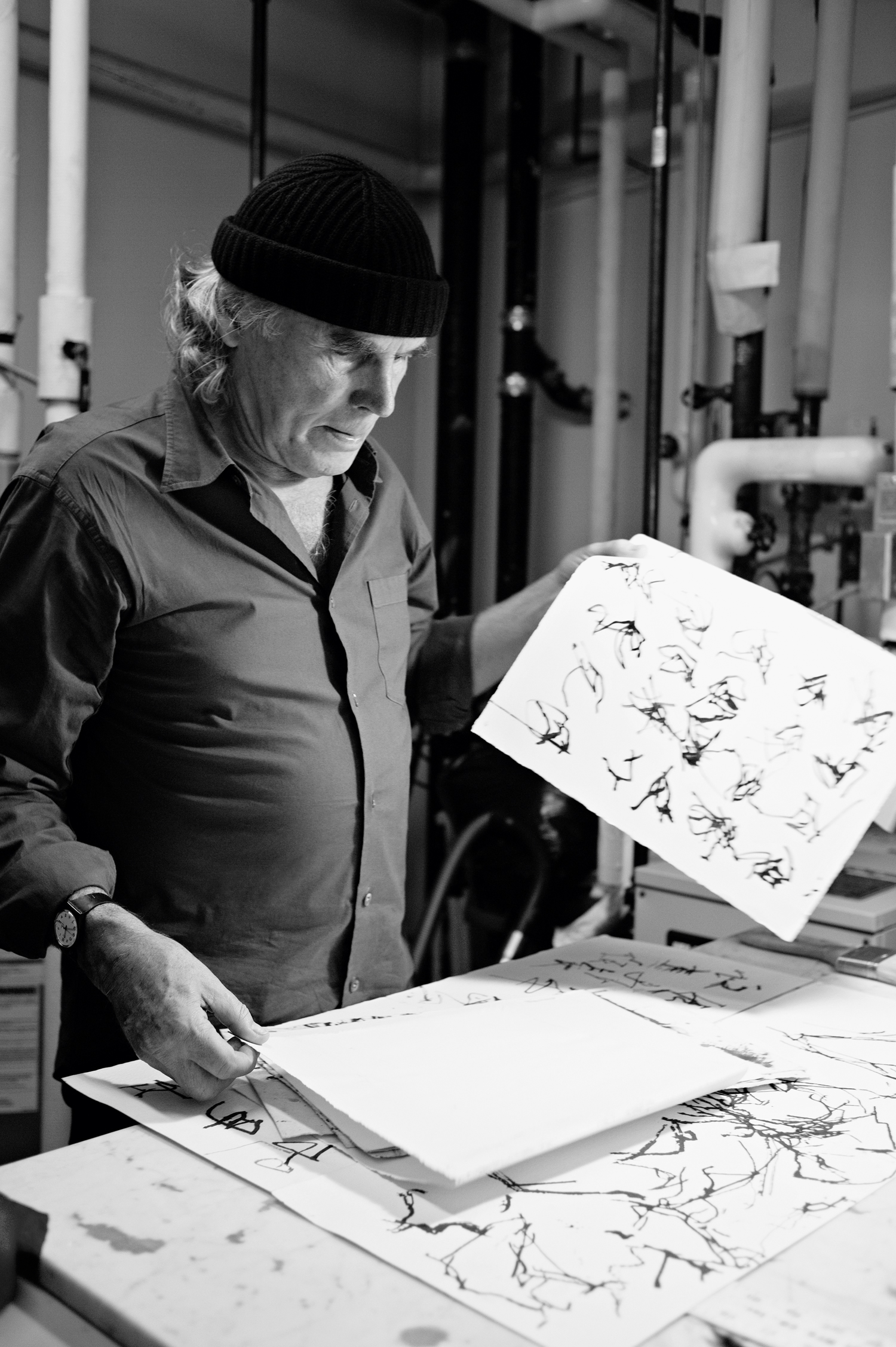Purple Magazine
— F/W 2012 issue 18
Brice Marden
 Brice Marden
Brice Marden
a certain point where it’s out of your control
interview by GLENN O’BRIEN
portrait by ALEXIS DAHAN
When it comes to art, I like painting. When it comes to artists, I like painters. Especially the ones who believe in what they’re doing and who have the colossal nerve to try to make something beautiful and eternal rather than clever and timely. Painting can live outside the rat race and give us a window on something extraordinary.
I first encountered Brice Marden decades ago in the back room of Max’s Kansas City. All of the girls were in love with Brice. Well, all of the smart girls. (One of the smartest, a waitress named Helen, married him.) Some years later I happened to notice that he was a really good painter, and over the years my admiration for him as an artist and a…